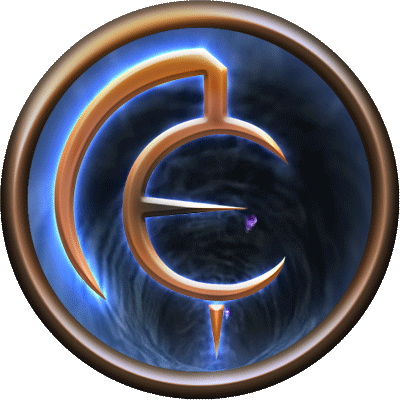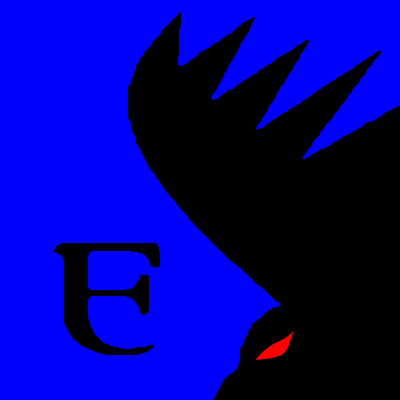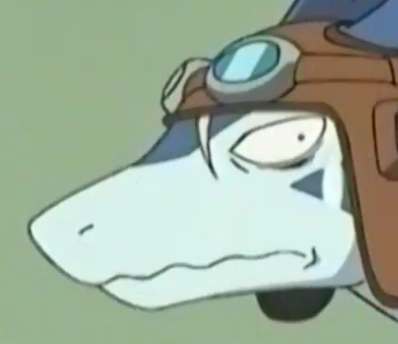Generally I’ve seen it rules that the overlap needs to cover >50% of the square to affect it. In which case you have the exact same coverage as before. But in this case I’d just rule that we shift the grid 45 degrees so it lines up again and move units to the closest square that aligns. I.e. don’t use geometry to try to munchkin.
There’s a bunch of grid-based shapes that pertain to the rules of 5e as well if you need that. Also 5e fun fact: a circle or radius affect is going to look like a square since diagonal distance is not accounted for, but in Pf2e it looks closer to an actual circle.
Hex is the superior square
Ahem… I think you mean, “hexagons are the bestagons”
5e accounts for diagonal distance. Each second diagonal is 10ft. A 10ft. radius sphere spell would cover this pattern on the ground:
OOOOOOO
OOXXXOO
OXXXXXO
OXXXXXO
OXXXXXO
OOXXXOO
OOOOOOO
…lemmy formatting kills that but you get the point I hope.
OOOOOOO OOXXXOO OXXXXXO OXXXXXO OXXXXXO OOXXXOO OOOOOOOMany thanks!
You’re welcome! For reference it’s a code block, all formatting goes out the window, returns are considered returns, and a monospaced font. You use three backticks (```) on a line above and below your “code” (you can technically specify the code type at the end of that first back tick line) and then go to town between them.
I use them for actual code but the ability to use them to get normal returns somehow hadn’t occurred to me haha
You can also have “normal returns”, or line breaks instead of new paragraph, by putting a double space at the end of a line:
Hello
Double
Spaced
Lemmy!Omg yes I forgot about this thank you
Newlines are great
But they should just format them normally
That is only listed in 5e as an optional rule, by default a square is a square and is 5ft regardless of diagonal or not.
Feats are also an optional rule, but I’ve never heard of a table not using them. “Optional rule” in 5e is kind of like the term “theory” IRL, in that some really are optional and some are basically always used. I will admit that not all tables use the diagonal rule, though.
I always houserule that “circles are square”, because it’s so much quicker and easier. It gets a little extreme when you do it in 3D, but I don’t overly care.
(For fun, a double diagonal move of 5 places you at 8.66 from the start, almost 75% further than an orthangol move, but still 5 for game purposes)
but in Pf2e it looks closer to an actual circle.
Same in PF1, and all the D&D’s before 4. I’m pretty sure most games made to be played with a battlemap have a rule for diagonals, making 4e an exception.
Easy, don’t use grid squares, use zones.
This meme brought to you by theater of the mind gang.
I would love to play theatre of the mind, but my table collectively has the spatial awareness of a barnacle.
This brings us back to zones, a good middle ground. Draw rough map, or great map, and on it mark intresting combat zones. Some are separated with emptiness, others by obstacles.
For example a tavern brawl. Zones could be the Bar, Kitchen, Common Room, Balconies, Private Rooms, Out Front and Out Back.
Fighting on the Balconies could be tight, only one in width and with the risk of being thrown off it into the Commonroom. In the Kitchen there would be fire hazards, improvized weapons, knifes and the Stew. Not to forget other ways to spice things up in there. Around the Bar there would be some cover fighting someone on the other side, bottles to be broken and combatants to glide alond the bar for maximum mental damage.
And so on. Make each zone memorable and with special features. Did I mention drawing it out really helps?
Just drawing the situation out, even roughly, is already an enormous step forwards from theatre of the mind, and is doing most of the heavy lifting here. It’s also not “theatre of the mind,” like the original poster is implying. It’s a map, just one without grid-spaces or precise distances.
The more abstract the map is the more of a support for TotM it becomes. I selfom do a map, rather a flowchart. Quicker, easier and knocks out the last desire to measure things.
This works for situations where exact positioning isn’t too important. When want to have AoE spells, move speed, flanking, and battlefield control, it generally because difficult to ensure that the GM and the players have the same picture of the battlefield. Even just drawing it out roughly can help a lot, but pure theatre of the mind really works best when you only care about distance rather than relative positioning and complex battlefield conditions.
Gelatinous diamond just doesn’t sound right.
No grid only effect templates. Freeform battlemapping y’all!
And rulers.
A group of my players brought this up. I let them know that was fine, but the monsters would be able to return the favor.
We decided “the weave” determines the angle of squares (no diagonals).
The four cardinal directions are, themselves, a fact of the weave
Generally I tell players they need to pick a specific point for the cube so that it exactly fits the grid. It just keeps things more objective, speeds up combat.
I also generally prefer more structure and strict rules for things though.
Jesse you’re supposed to use Manhattan space not Euclidean space.
My friends in high school and I didn’t even use minis or maps. We just used our imagination and math.
You can only do this as a 4th dimensional being.
I prefer the Vibes-Based Magic SystemTM, where you grip it rip it and and tolerate
a littleok a decent amount of variance in order to speed things along and avoid anything resembling powegaming. Oh your fancy spell isn’t working exactly as you intended 100% of the time? Guess magic is mystical and imprecise and ultimately subject to the whims of indifferent gods
Oh your fancy spell isn’t working exactly as you intended 100% of the time? Guess magic is mystical and imprecise and ultimately subject to the whims of indifferent godsSquare grid
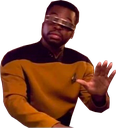
Hex grid
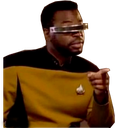
deleted by creator
This is another reason hexes are better than squares
This is a legitimate problem with the measurement of parts.
B-but… that goes against the Holy Texts!


